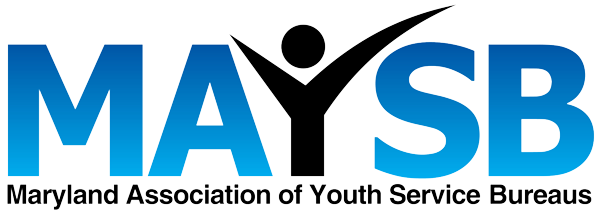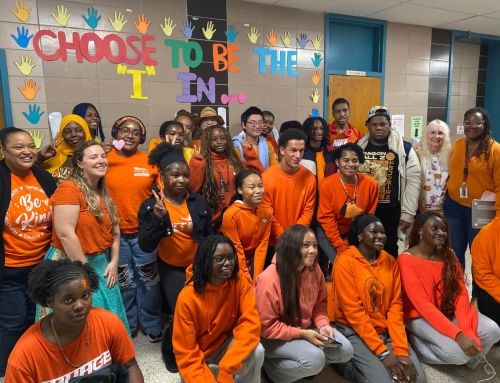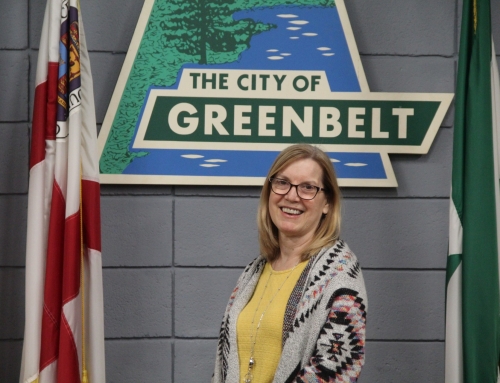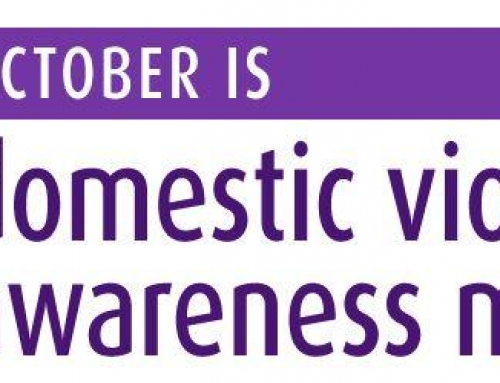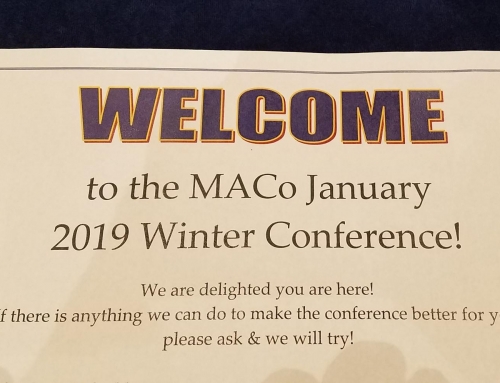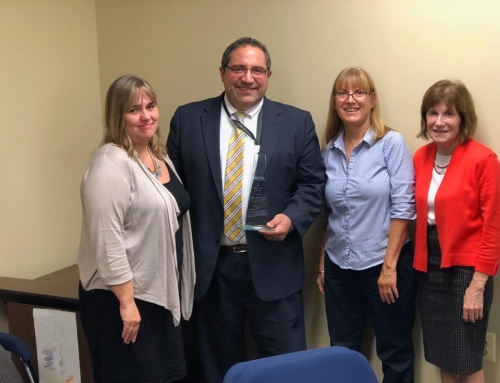
Youth Service Bureaus (YSBs) are a longstanding part of Maryland’s youth safety ecosystem—they support youth in need of services to help keep them out of the criminal legal system. Recently, however, the state has cut funding for YSBs—in 2019 there were 19 YSBs across the state; there are now only five. To learn more about these agencies, the Youth Rights and Safety Hub (YRSH) spoke with Liz Park, a longtime leader and current secretary of the Maryland Association of Youth Service Bureaus (MAYSB).
In youth justice there’s lots of talk about prevention. Are YSBs part of that?
Liz Park: Yes. Youth Service Bureaus were designed to be the prevention arm of the Department of Juvenile Services [DJS]. It’s just that historically—and understandably—DJS’s focus has been on the kids in their system. That has often been our struggle with juvenile services: We’re here; How can you better use us? And then, unfortunately, over time we’ve been defunded. Some Youth Service Bureaus get local funding, but very few still receive any state dollars.
What kind of preventive services do the bureaus offer?
Liz Park: COMAR [the code regulating Maryland state agencies] says we have to provide individual family and group counseling services. We also provide information and make referrals if a family needs connection to resources we can’t provide—like medical help, food, and housing. And if a youth is showing signs, or if a parent or school is concerned, we can assess if they need substance use services and connect them with those. If a child is in crisis, we do crisis intervention.
COMAR also allows us to do what’s called “community-based services”—looking at what is needed in a community and developing programs to meet that need. At my bureau [Greenbelt CARES], we have a long-standing GED program to help kids who aren’t successful in school. We do tutoring services. We serve a lot of kids who are bilingual whose parents can’t help them, or kids who just, you know, maybe the parents weren’t successful in school.
How do young people and families access a Youth Service Bureau?
Liz Park: The majority of our referrals come from schools. We also get referrals from juvenile services and from the community—other parents who may have brought their children to us and now they’re bringing their friends. And then we do get referrals from, at times, pediatrician offices and other services who may know about us.
One often hears about a guardian—frequently a grandmother caring for a grandchild—who says, “I’ve reached out and tried everywhere. If I can’t get services for this child right away, they are going to end up in trouble.” Would a YSB be a resource for them?
Liz Park: Yes. We would get the call and meet with them, do an assessment to see what’s going on, and determine what help the child needs. Is this child in need of tutoring services or a mentorship program? Is family counseling going to be what’s best for them? Is there a group they need to be part of? So part of it is, How do you connect with where they’re at?
Often what keeps them coming back is they feel treated like a person. They’re meeting somebody who actually cares about them and really is invested in their kid. I’m not saying DJS intake workers aren’t invested—I know they are. But they’re also part of a system, and a community-based Youth Service Bureau is not that kind of system. We’re trying to engage that family and offer them supports that they want.
Detention is a clear, distinct thing; prevention can seem sort of nebulous. Are Youth Service Bureaus sufficiently robust and funded? Are they cost effective?
Liz Park: The way Youth Service Bureaus are set up, state funding has to be matched by some local money. So a local government, whether that’s a city, a municipality, a county government, has to be supporting that program too. But in 2026, only two bureaus will be receiving state funding—one in Baltimore City, and one in Carroll County.
We do a two-year follow-up study looking at kids who ended services with us, to determine if they have been involved in juvenile services. We send the data to DJS and they run the kids through the system. Consistently, 95 to 98 percent of these kids over that two-year period have not been seen by juvenile services. So we feel we’re very effective in keeping kids out of juvenile services—and these are kids who are showing the at-risk factors.
Youth Service Bureaus are much more cost-effective than incarceration. In 2019, I think $2.1 million was invested in the 19 bureaus that existed. That’s such a small amount of funding, because it’s all matched by local dollars.
And we’re trusted. Families know if they come to us they’re going to get the help they’re looking for.
What kind of oversight do YSBs get?
Liz Park: When you receive the state funding, DJS comes out annually and does a re-evaluation to see if you are doing all the things that COMAR says you’re supposed to be doing.
Once the Children’s Cabinet and local management boards were created, in the 1990s, the Department of Human Services gave the money they had for service bureaus to the inter-agency fund overseen by the Children’s Cabinet. So then we had oversight from both juvenile services and from our local management boards.
YSBs still send data to DJS to meet the evaluation requirements set in COMAR.
What else should people know about YSBs?
Liz Park: MAYSB has stayed in contact with bureaus that have stopped receiving state funding. So if that funding were to start again, we have bureaus lined up that could easily start providing these services in their community, whether they are kids who are part of DJS or those kids with a grandmother calling in for help.
Maryland’s Youth Service Bureaus (YSBs) have been around for more than 40 years. As recently as 2019 there were 19 in the state; there are now only five. State law (COMAR 16.17.01) governs how YSBs provide services to young people in need. YSBs were originally funded, beginning in 1974, through the state’s Department of Juvenile Services. In 1994, following the creation of the Governor’s Office for Children (GOC) and local management boards (LMBs), responsibility for YSB funding transferred to the Children’s Interagency Fund. Legislation passed In 2025 requires DJS to produce an annual report detailing their work with YSBs and these programs’ outcomes.
